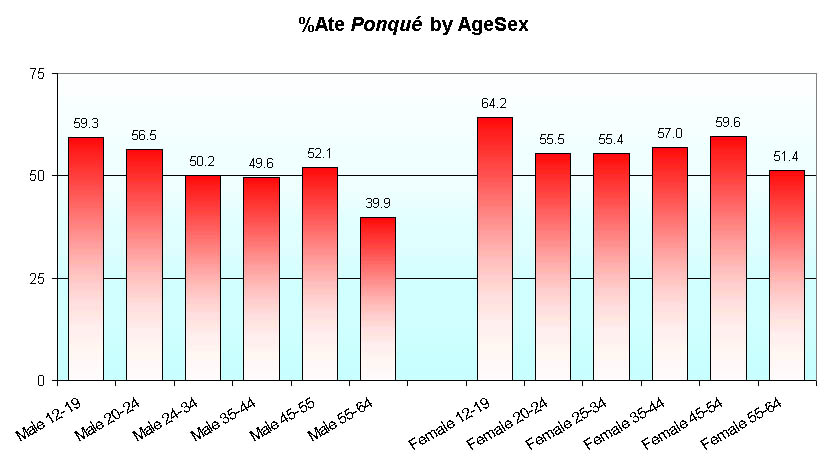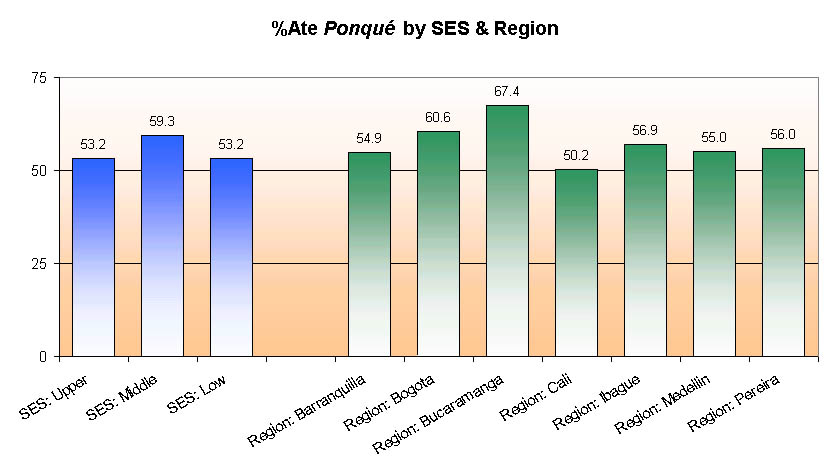
(source: TGI Colombia)
¡Ponqué! You Can Have Your Cake And Eat It
"Un mojicón de tienda no se las puede dar de ponqué." Betty La Fea
In the English language, there is a proverb: "You cannot have your cake and eat it too." This saying expresses the idea that one cannot always have the best of everything and is sometimes forced to make an either/or choice. The first appearance of this saying is trace to John Heywood's A Dialogue Conteynyng Prouerbes and Epigrammes (1546): "Wolde ye bothe eate your cake, and haue your cake?" In the United States, it first appeared in the 1742 Colonial Records of Georgia in Original Papers, 1735-1752. In the beginning of his poem On Fame of 1816 , John Keats cites the proverb: "You cannot eat your cake and have it too."
That cake should be the object of desire attests to its significant monetary and social value once upon a time. Whereas commoners were lucky to eat bread, only the rich nobles can afford to eat cakes. In Confessions, Jean-Jacques Rousseau quotes a certain unnamed insensitive princess who, upon being told about the starvation among the masses, replied "S'il n'ont pas de pain, qu'ils mangent de la brioche!" ("If they don't have bread, let them eat cake"). This saying becomes the epitome of royal callousness and rationalizes the French Revolution. This saying is usually attributed to Marie Antoinette, the wife of King Louis XVI, when in fact it was said 100 years earlier by Marie-Thérèse, the wife of Louis XIV.
Today, most societies are more egalitarian than feudal times, and the cooking technology, ingredients and recipes have diffused the production and consumption of cakes to much of the population. In fact, any decent supermarket display would probably contain a wide variety of cakes of different ingredients, shapes, sizes, colors and flavors.
The subject of this article is the ponqué. For Spanish-speakers in many parts of the world, this term is unfamiliar. In fact, they may have less of a chance to guess its meaning than an English-only speaker. After all, the non-Spanish-speaking English speaker needs only repeat the word a few times: "Ponqué ... ponqué ... pound cake!" Indeed, this is the cake that is known as the pound cake to the English and the Paté à Genoise to the French. The term ponqué is used in Latin American countries such as Colombia and Venezuela. The ponqué is made from common ingredients such as eggs, flour, sugar, baking powder, yeast, and together with whatever else your imagination can bring together.
We will now cite some survey data from the TGI Colombia study. This is a survey of 7,020 persons between the ages of 12 to 64 years old who were interviewed during 2001 in Colombia. During the interview, the survey respondents were asked if they had eaten any ponqué during the past 7 days. 55.6% of the respondents indicated that they had done so. That is more than half of the population.
In the next chart, we show the incidences by age/sex groups. The incidences are high throughout the age groups, with just a dip in the oldest people (age 55-64). After all, the habit of eating ponqué is still somewhat newly formed.

(source: TGI Colombia)
In the next chart, we show the incidences by socio-economic status and geographical region. Basically, there is not a lot of variation from the grand average.

(source: TGI Colombia)
Whereas the proverbial cake used to be in the exclusive domain of the rich, it has certainly permeated among the masses in Colombia. If anything, it is a middle-class phenomenon. These days, you have your cake and eat it too.
(posted by Roland Soong, 11/29/2002)
(Return to Zona Latina's Home Page)